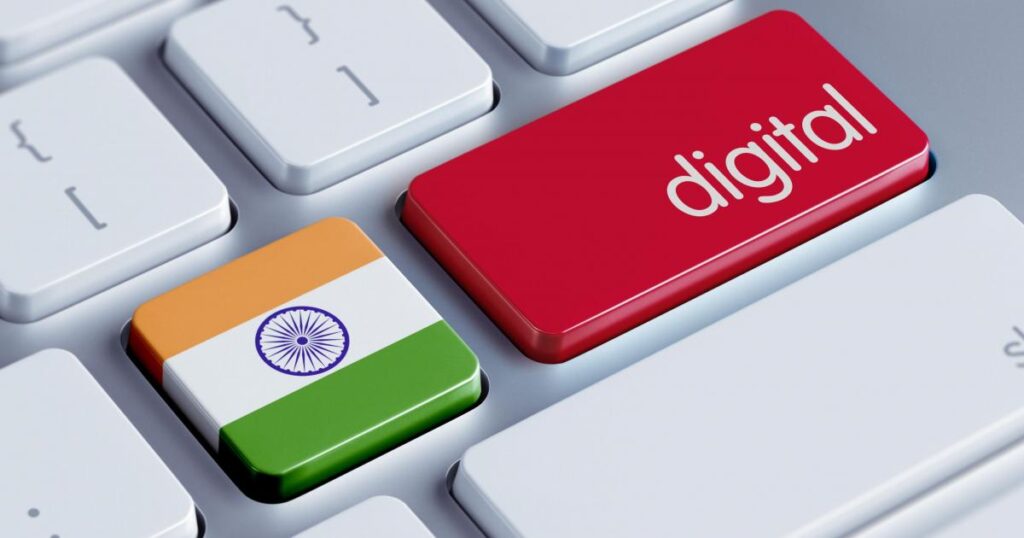Indian retail market is worth over USD 900 billion. E-commerce or e-retail, which is presently pegged at USD 30 billion, still forms a small share in the total retail landscape of the country. However, the market is growing at a lightning speed. The two iterations of the lockdown have resulted in a major facelift to India’s rising digital consumerism. It made millions of Indians comfortable with placing an order online or on smartphones and enjoying the perks of home delivery.

Meanwhile, the industry will continue to grow. India’s attractive demographic dividend, rising 4G smartphone penetration, and growing digital footprint in rural and semi-urban India will continue to drive the market.
Opportunities for grocery business and SMB producers to expand: Grocery comprises more than 60% of the overall retail consumption in India. It will continue to play a pivotal role in the retail business. Besides horizontal players such as Amazon and Flipkart, there are upcoming verticals such as Grofers & Big Basket. There is plenty of space for niche players such as Milkbasket, Licious, etc. Existing offline players such as Reliance retail are also aggressively foraying in the digital retail segment.
India’s internet grocery companies are investing in warehousing, private label brands, etc. However, simultaneously they are also actively building their supplier network and partnering with other retail units and community centers. This will entail that business opportunities for food producers, food suppliers, fruits & vegetable suppliers, will continue to emerge. This will also ensure SMBs reach bigger and larger markets.

Tapping the E-Pharma Value Chain: Amongst the various categories, e-pharma is a sunrise category. The current market size is USD 490 million, still a small size in India’s retail pharma market that is pegged at USD 25 billion. However, e-pharma has grown at a CAGR of 79% in the past three years. Presently the market has few start-ups namely 1 MG, Pharmeasy, Netmeds, Medlife, etc.
However, as the market is set to grow at a rampant speed, there is enough headspace for new start-ups to emerge, both in Tier 1 as well as smaller towns. India’s growing e-pharma and health tech business can also ensure new business opportunities for smaller pharma manufacturers, nutrition companies, superfood producers, etc.
Cloud Kitchen is booming: India’s food delivery e-commerce is primarily duopolistic with Zomato and Swiggy owning lion’s share in the business. Initially, these businesses worked as aggregator platforms, which has its disadvantage. The model meant that there was little control over food delivery timings, service uniformity, hygiene, unit economics. Consequently, these incumbent players are now transforming into full-stack players, which is creating new opportunities for cloud kitchens and other food entrepreneurs. Already, there are successful cloud kitchen players such as Rebel Foods, Bin Chef, Box 8, etc. Others will follow soon.
New categories of furniture demand emerging: India’s furniture e-retail is sized between USD 850-950 million. In the wake of the pandemic, the furniture trade suffered from muted demand and supply chain disruptions. However, due to the growing WFH culture, specific categories such as home office furniture, desks, bean bags, gaming stations, etc witnessed a surge. Producers of such categories will increasingly look into digital media to extend their reach.
Ancillary Opportunities: India’s consumer internet is set to grow at an exorbitant pace. A large market size, evolving consumer preferences, expansive mobile payment, and digital payment ecosystem will continue to push the market in an upward growth trajectory. As the industry will surge, players will invest heavily in backward and forward integration including warehousing & service centers, software & app, analytics, digital marketing, delivery network. Alongside large companies, this will also translate into increased business opportunities for India’s growing SMBs, tech entrepreneurs, logistic companies, etc.
Believing that e-commerce will soon outmaneuver offline retail might still be farfetched, as physical stores once again come back with the restoration of normalcy. Yet consumer internet is set to rise and become large. Retailers and consumer goods companies are now increasingly racking up investments in the digital medium. This will also unlock new opportunities for Indian SMBs. Besides retailers and manufacturers, there will be ample opportunities for technology solution providers, logistic enterprises, marketing agencies, etc. As digital is generally a low CAPEX and OPEX-based model, MSMEs will further get a level-playing field in the segment to prove their capabilities.